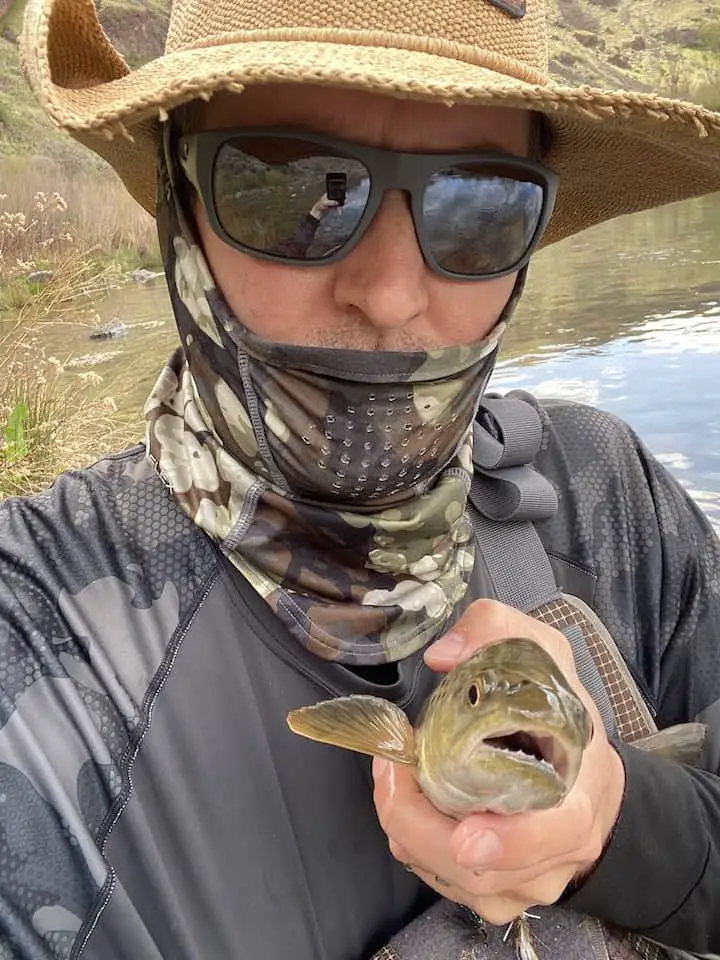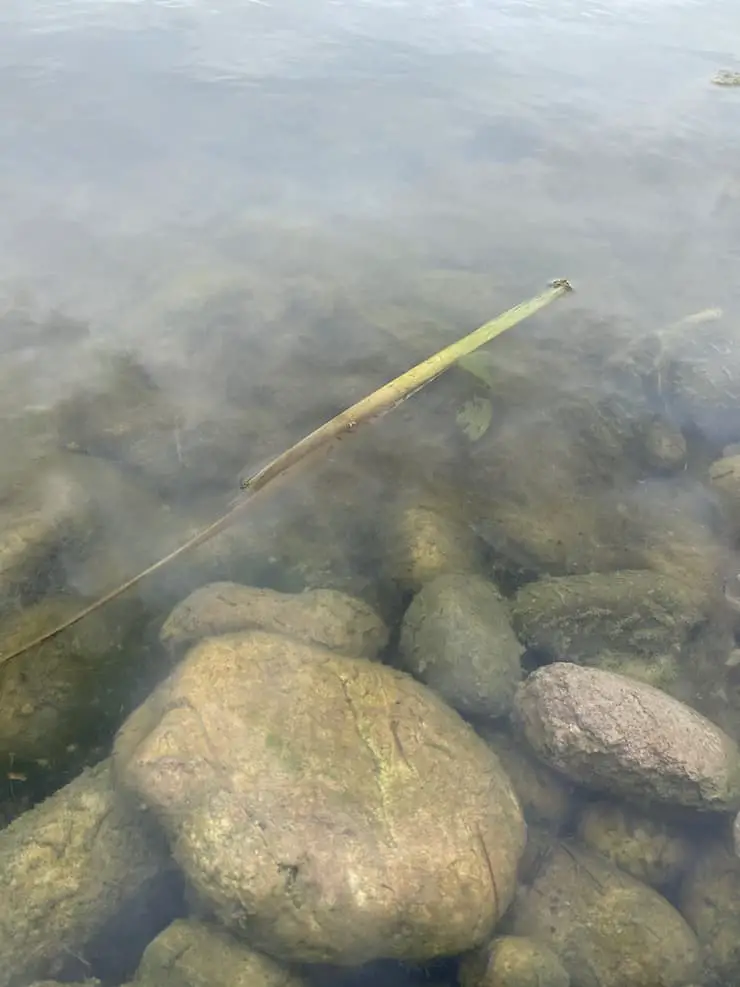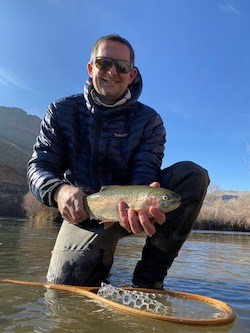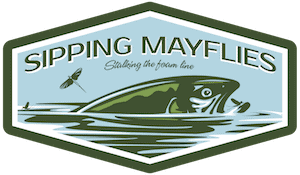DO TROUT EAT GREEN ALGAE?
May 28th, 2022
All species of trout, including rainbow, brown, bull, cutthroat, and bull, are strictly carnivorous from the moment they hatch, eating only animal matter their entire lives.
In the below article, I’ll explain to you why trout don’t eat algae, what they do eat, and what species of fish are willing to consume algae.

In the above picture I’m holding a brown trout (Salmo trutta), a species that is entirely carnivorous. This one took an insect imitation on the water’s surface. Check out the sharp teeth.
Do Trout Eat Algae?
No, trout do not eat algae. Trout are strictly carnivorous their entire lives, from the time they hatch from eggs in riverbed gravel to adulthood. They prefer eating animal matter ranging from fish to amphibians to rodents.
While it’s true that trout never eat algae, they do eat prey that consume algae. Some of these prey animals include snails, tadpoles, minnows, and zooplankton.
Zooplankton are tiny organisms that resemble shrimp that consume algae and drift in the water. These microorganisms are eaten by trout fry (baby trout), since the trout are too small to consume much else.
Just looking at a trout’s teeth will tell you all you need to know about their diet. Lots of sharp teeth.
I wrote an article entitled, “Do trout have teeth?” (including a lot of interesting pictures) if you’re interested.
Here’s a picture I took of an open trout mouth, showing rows of teeth, even some recurved teeth on its tongue. These teeth are used for one purpose: catching, killing, and eating animals.

Do Trout Eat Plants?
No, trout never eat plants. They can digest plant and algae eating animals, but they don’t seek out or eat plants or algae on their own.
Carnivorous fish are different from omnivorous or herbivorous fish in that they’re generally ambush predators. This means they wait for prey items to cross their paths, whether that be an insect floating by, a fish swimming by, or a crayfish crawling along the bottom.
Herbivorous (vegetarian) fish are generally grazers, meaning they eat plant matter relatively constantly throughout the day, much like how a cow would spend its day in a grassy field.
I wrote a few other articles about trout diets that might interest you, including: do trout eat frogs and tadpoles, do trout eat salamanders, and do trout eat crayfish.
What Fish Species Eat Algae?
There are several species of fish that eat algae and plants, although none of them are considered gamefish (such as largemouth bass, crappie, sunfish, pike, etc). Specifically, common carp and suckers will both avidly consume plant material, including algae.
Carp and suckers are both omnivores, meaning they’ll eat both plant and animal material. They’re essentially opportunists, eating anything edible in their paths including cottonwood seeds, mulberries, and grass clippings.
Grass carp, which are different than common carp, are far more herbivorous. They focus almost entirely on eating plants, algae, and aquatic weeds.
One of the most common places to find both carp and suckers is in golf course ponds, which is where they commonly consume the grass clippings I mentioned above.
In the below picture, you can see algae-covered rocks along the shoreline. This is an area where carp thrive.

Summary
So you’ve learned that trout don’t eat algae or plants, but hopefully I’ve helped explain to you what they do eat.
If you’re fishing for trout, use lures and fly patterns that imitate their preferred prey items. Specifically, I recommend minnow (think Rapala) and crayfish lures, streamers that emulate fish (such as a Clouser minnow), as well as mayfly and grasshopper fly patterns.
If you’re lucky, you’ll find trout in a pond or stream that aren’t picky and will eat whatever you throw at them. But, don’t throw lures or flies that imitate plants!

About the Author
My name's Sam and I'm a fly fishing enthusiast just like you. I get out onto the water 80+ times each year, whether it's blazing hot or snow is falling. I enjoy chasing everything from brown trout to snook, and exploring new waters is something I savor. My goal is to discover something new each time I hit the water. Along those lines, I record everything I learn in my fly fishing journal so I can share it with you.
Follow me on Instagram , YouTube, and Facebook to see pictures and videos of my catches and other fishing adventures!


